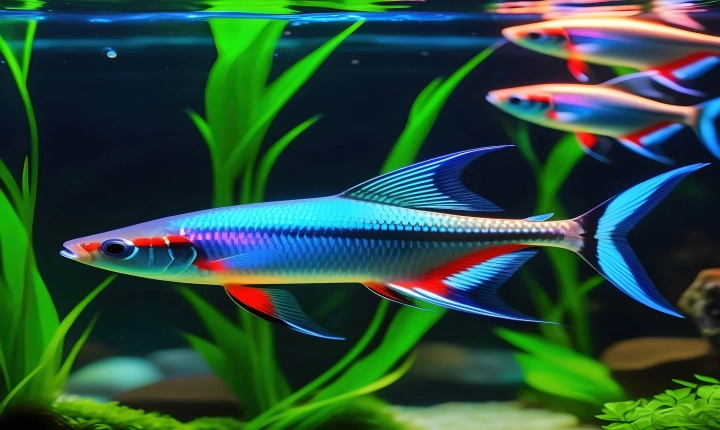Converting AI Files to JPG: A Step-by-Step Guide
Adobe Illustrator (AI) files are vector graphics created using software such as Adobe Illustrator, and they are commonly used for logos, illustrations, and other graphic design elements. However, when it comes to sharing or using these files on the web or in other design projects, you may find it necessary to convert them into JPG format. JPG, also known as JPEG, is a widely used image file format that is compatible with most devices and platforms. If you are looking to convert your AI files to JPG, here is a step-by-step guide to help you get started.
Step 1: Open the AI File
First, open the AI file in Adobe Illustrator. If you do not have Adobe Illustrator, you can use other vector graphic editing software that supports AI files.
Step 2: Adjust the Artboard
Check the dimensions and artwork on the artboard to ensure it fits well within the desired JPG image size. Resize and adjust the artboard if necessary to include only the elements you want to convert to JPG.
Step 3: Save As
Go to the “File” menu and select “Save As”. In the save dialog box, choose “JPEG” as the file format. You will also have the option to select the quality of the JPG image. Higher quality settings will result in larger file sizes, while lower quality settings may reduce the image clarity.
Step 4: Specify Settings
In the save dialog box, you can specify additional settings such as resolution, color mode, and image options. Make sure to adjust these settings according to your specific requirements and preferences. For web use, a resolution of 72 pixels per inch (ppi) is commonly used, while for print purposes, a higher resolution may be necessary.
Step 5: Save the JPG File
After specifying the settings, choose the destination folder where you want to save the JPG file and click “Save” to convert the AI file to JPG.
Step 6: Check the JPG File
Once the conversion is complete, open the JPG file using an image viewer or editing software to ensure the quality and appearance meet your expectations. If necessary, go back to the AI file and make adjustments before saving it again as a JPG.
Additional Tips:
– When converting AI files to JPG, consider the intended use of the images. For web use, smaller file sizes and lower resolutions are often sufficient, while print projects may require higher quality and resolution.
– If you have multiple AI files to convert, you can use batch processing or automation features in Adobe Illustrator to streamline the process.
– It is important to respect copyright laws and usage rights when converting and sharing images created by others, especially if they contain copyrighted elements.
In conclusion, converting AI files to JPG can be a straightforward process when using software like Adobe Illustrator. By following these steps and considering the specific requirements for your project, you can efficiently convert your vector graphics into JPG images that are ready for web use, printing, or sharing with others.
